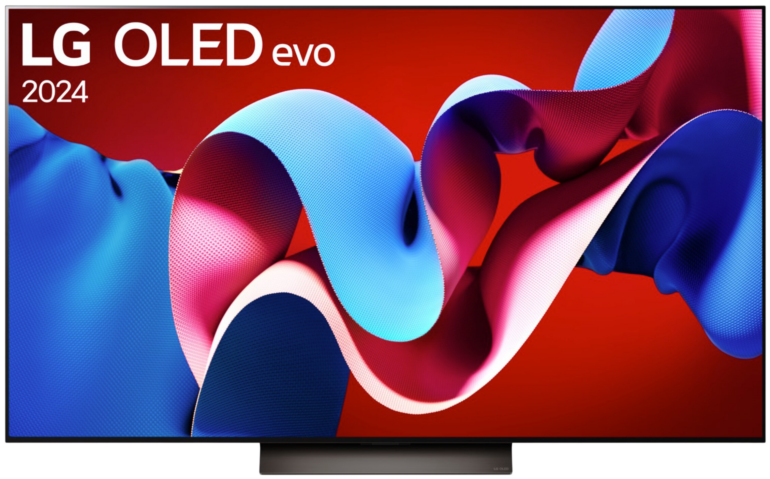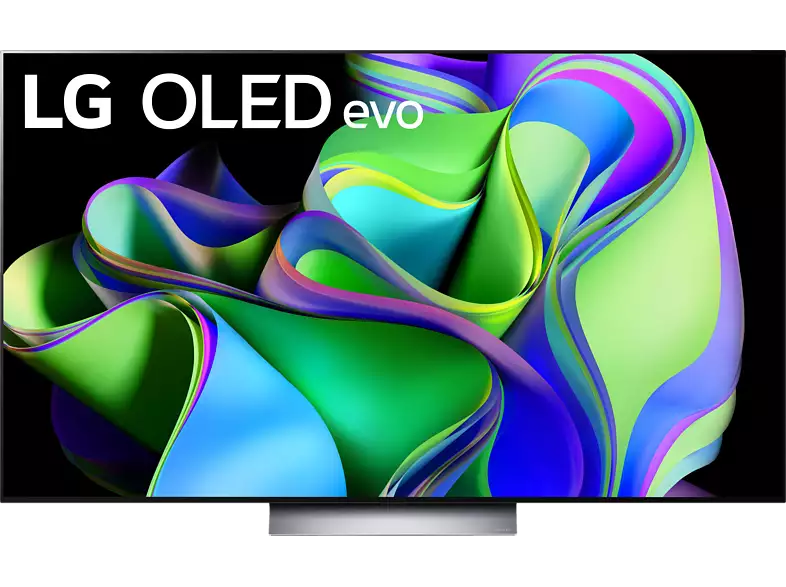Samsung Q90R vs Sony X950G (75 inch) TV comparison 2021/04


Hey! If you buy through our links, you support our project. It won't cost you a cent more! Many thanks in advance! ♥️
Samsung Q90R and Sony X950G (75 inch) compared – Which TV is better?
Detailed comparison: Samsung Q90R or Sony X950G (75 inch)

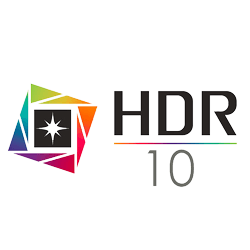

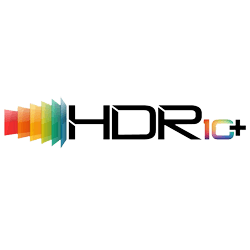
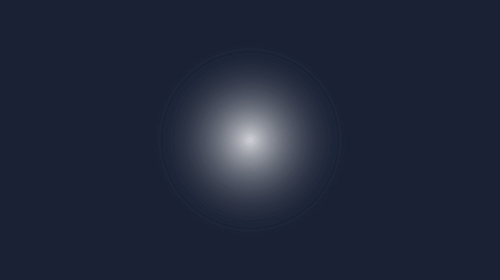



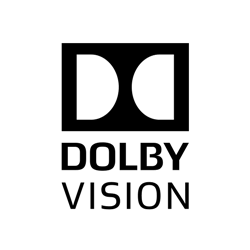
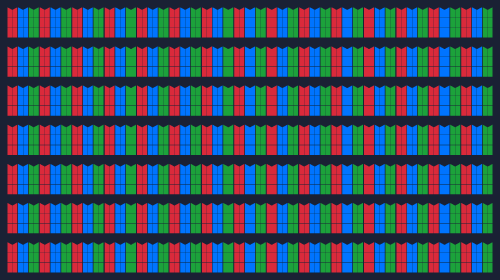

























Our conclusion:QLED or Triluminos?
The Samsung Q90R and Sony X950G are two TVs from different manufacturers that are quite similar in their characteristics. Since both 75 inch models have an additional layer on the screen, the actually weak viewing angle of VAVertical Alignment, type of LCD Panel panels is no longer a problem. What’s left are the features that have nothing to do with the picture. To put in a nutshell, the Samsung Q90R is better in almost every aspect.
The Sony X950G is a great choice for all those who put more emphasis on high definition movies. With Dolby VisionDynamic HDR-format with a color depth of up to 12 Bits and Mastering of up to 10,000 Nits and Dolby AtmosObject-based surround sound format with 3D-Sound from any direction support, additional peripherals can be connected, such as a sound bar, to help the sound get started. For gaming, however, it’s an average choice – the Samsung Q85R can do that much better. There is no VRRVariable Refresh Rate – synchronizes the display’s refresh rate with the output refresh rate of the graphics card and the Input LagTime it takes for the input signal to appear on the screen (delay) is surpassed by Samsung.
The Samsung Q890R also looks good with movies, but doesn’t support Dolby Vision – but the competing HDR10+License-free, dynamic HDR-format in competition with Dolby Vision format. The sound format DTSMulti-channel-sound-system (Surround Sound) competing with Dolby Digital is also not supported, only Dolby DigitalMulti-channel-sound-system for up to 5.1 channel Surround Sound. But it is an excellent choice for gaming, as VRR, a low input lag and Auto Low Latency Mode are available. It also has higher contrast and way better Full Array Local Dimming, which makes it the better choice for dark rooms and HDRHigh Dynamic Range – image/video with more dynamic range (contrast range) content.
